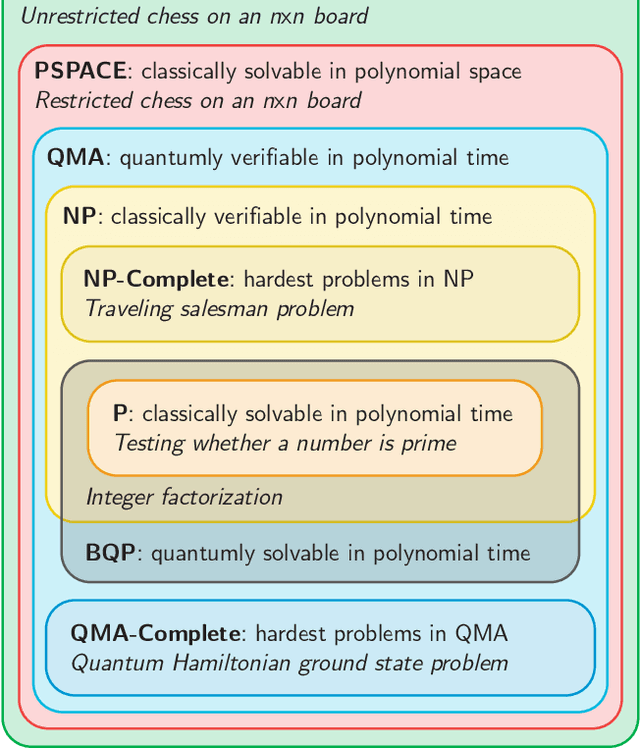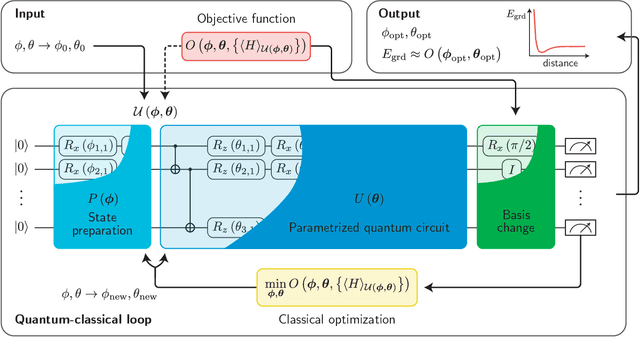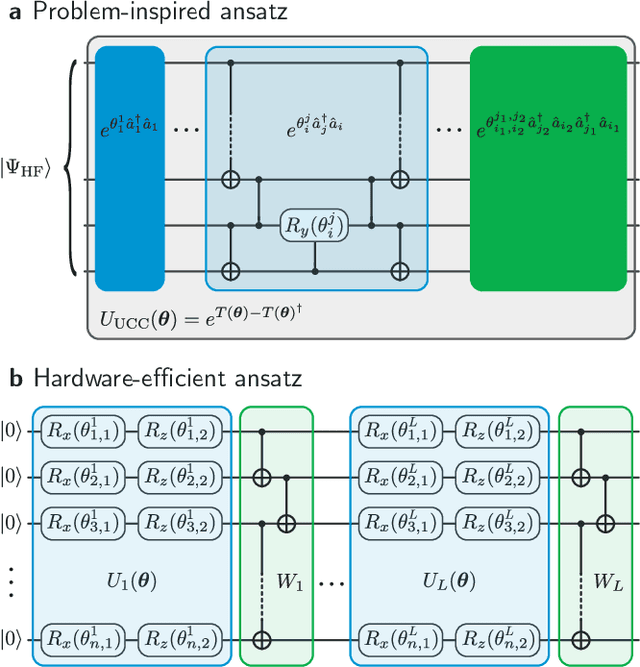Wai-Keong Mok
Efficient option pricing with unary-based photonic computing chip and generative adversarial learning
Aug 08, 2023Abstract:In the modern financial industry system, the structure of products has become more and more complex, and the bottleneck constraint of classical computing power has already restricted the development of the financial industry. Here, we present a photonic chip that implements the unary approach to European option pricing, in combination with the quantum amplitude estimation algorithm, to achieve a quadratic speedup compared to classical Monte Carlo methods. The circuit consists of three modules: a module loading the distribution of asset prices, a module computing the expected payoff, and a module performing the quantum amplitude estimation algorithm to introduce speed-ups. In the distribution module, a generative adversarial network is embedded for efficient learning and loading of asset distributions, which precisely capture the market trends. This work is a step forward in the development of specialized photonic processors for applications in finance, with the potential to improve the efficiency and quality of financial services.
Noisy intermediate-scale quantum (NISQ) algorithms
Jan 21, 2021



Abstract:A universal fault-tolerant quantum computer that can solve efficiently problems such as integer factorization and unstructured database search requires millions of qubits with low error rates and long coherence times. While the experimental advancement towards realizing such devices will potentially take decades of research, noisy intermediate-scale quantum (NISQ) computers already exist. These computers are composed of hundreds of noisy qubits, i.e. qubits that are not error-corrected, and therefore perform imperfect operations in a limited coherence time. In the search for quantum advantage with these devices, algorithms have been proposed for applications in various disciplines spanning physics, machine learning, quantum chemistry and combinatorial optimization. The goal of such algorithms is to leverage the limited available resources to perform classically challenging tasks. In this review, we provide a thorough summary of NISQ computational paradigms and algorithms. We discuss the key structure of these algorithms, their limitations, and advantages. We additionally provide a comprehensive overview of various benchmarking and software tools useful for programming and testing NISQ devices.
 Add to Chrome
Add to Chrome Add to Firefox
Add to Firefox Add to Edge
Add to Edge